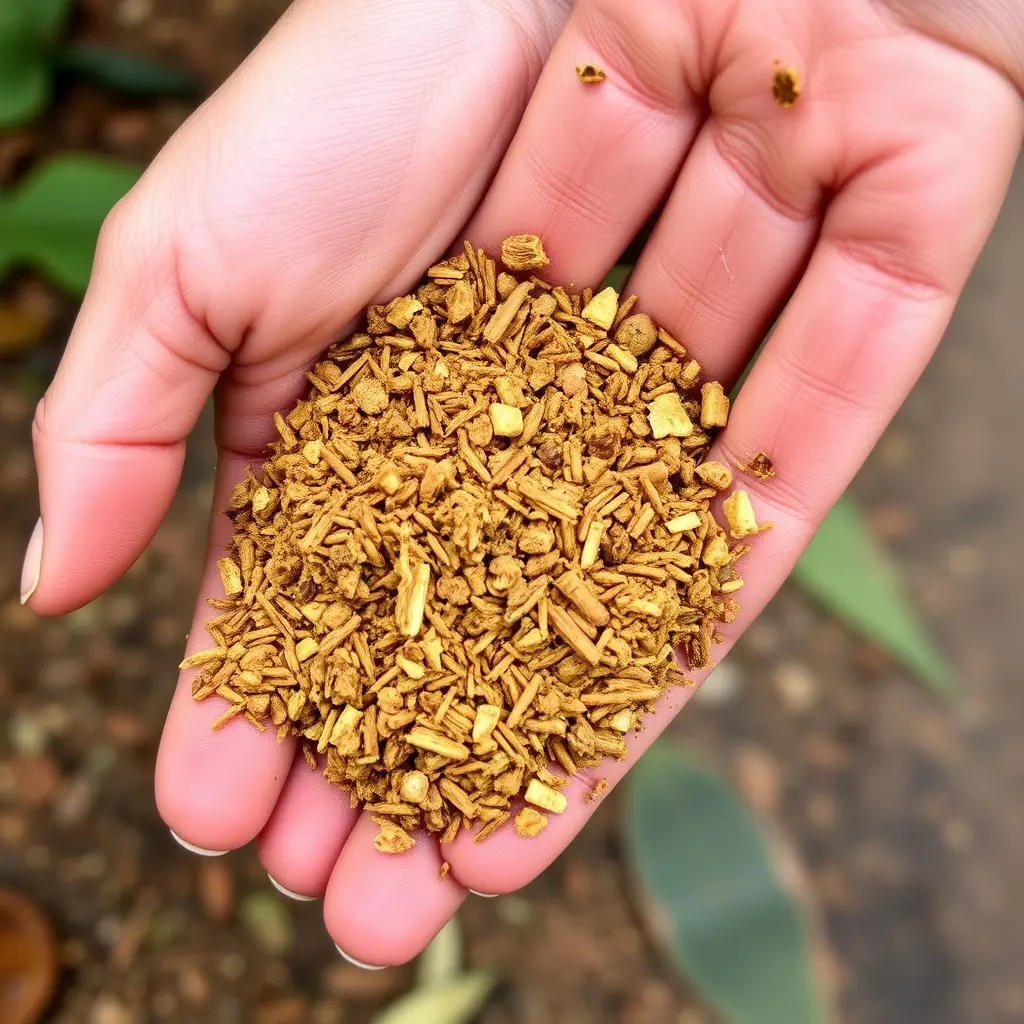Kratom, derived from the Mitragyna speciosa tree, has gained attention as a potential treatment option for individuals suffering from opioid addiction. While its alkaloids, mitragynine and 7-hydroxymitragynine, interact with opioid receptors in the brain to provide pain relief and reduce withdrawal symptoms, kratom's legal status varies by region in the United States. In Utah, as of the latest information available, kratom is classified under Schedule V of the Controlled Substances Act, which acknowledges its medical potential while also recognizing its controlled substance status. This classification reflects ongoing national debates about the efficacy and safety of kratom, with advocates citing its benefits and critics emphasizing the need for further research. The dynamic legal landscape of kratom in Utah exemplifies the challenges in balancing public health concerns with individual rights regarding alternative therapeutic substances. Users and stakeholders continue to engage in discussions about kratom's role, legality, and impact within medical and legal frameworks, highlighting the importance of informed decision-making based on current research and regulations.
Kratom, a plant native to Southeast Asia, has emerged as a subject of interest in the realm of addiction treatment and recovery. Its psychoactive properties have been explored for their potential to aid in overcoming substance use disorders. As we delve into the science behind kratom’s effects and its therapeutic applications, it’s crucial to navigate the complex legal landscape surrounding its use, particularly in Utah, where questions about “is kratom illegal in Utah?” abound. This article will elucidate kratom’s role in addiction treatment and recovery, scrutinize its controversial legal status in the state, and dissect the empirical evidence supporting its utility in substance abuse rehabilitation. Join us as we explore the multifaceted nature of kratom’s potential within the context of recovery from addiction.
- Understanding Kratom's Role in Addiction Treatment and Recovery
- Legal Status of Kratom in Utah: Navigating the Controversy
- The Science Behind Kratom and Its Potential for Aiding Recovery from Addiction
Understanding Kratom's Role in Addiction Treatment and Recovery

Kratom, derived from the leaves of the Mitragyna speciosa tree, has garnered attention in the realm of addiction treatment and recovery due to its potential therapeutic properties. Proponents suggest that kratom may assist individuals in managing withdrawal symptoms and cravings associated with opioid addiction, offering a potentially less harmful alternative for those seeking recovery. The mitragynine and 7-hydroxymitragynine alkaloids found in kratom are believed to interact with the brain’s opioid receptors, which can help alleviate pain and reduce opioid cravings. However, the legal status of kratom varies across different states within the United States. As of the knowledge cutoff date, is kratom illegal in Utah? The answer is affirmative; kratom is classified as a Schedule I controlled substance under Utah state law, reflecting the regulatory body’s stance on its safety and efficacy. This legislative classification limits access to kratom for those in Utah who might otherwise consider it as part of their recovery toolkit. It’s important for individuals considering kratom as an aid in addiction treatment to first consult with healthcare professionals and understand the legal implications within their jurisdiction. The evolving research on kratom’s efficacy and safety continues to inform policy decisions and clinical recommendations, highlighting the need for careful consideration of its role in addiction treatment and recovery efforts.
Legal Status of Kratom in Utah: Navigating the Controversy

Kratom, a botanical derived from the leaves of Mitragyna speciosa, has garnered attention within the realm of addiction treatment and recovery. Its psychoactive properties have been both lauded for their potential therapeutic benefits and scrutinized due to concerns over its safety and legality. As of recent updates, the legal status of kratom in Utah has been a subject of contention. In 2019, the state of Utah classified kratom as a Schedule V controlled substance, aligning with the federal government’s stance on the matter under the DEA’s regulations. This classification reflects the regulatory approach to kratom, which considers its potential for abuse and dependency alongside its medical use. However, this classification has not settled the debate, as advocates and critics continue to engage in discussions about its efficacy and risks, respectively. Proponents argue that kratom offers a natural alternative for those struggling with opioid addiction, while detractors emphasize the need for further research to understand its long-term effects fully. The evolving legal status of kratom in Utah underscores the complexity of navigating the intersection between public health concerns and individual rights concerning alternative treatment methods. As such, stakeholders, including lawmakers, medical professionals, and consumers, remain engaged in a dynamic dialogue that seeks to clarify kratom’s role in addiction recovery within the legal framework established by state and federal regulations.
The Science Behind Kratom and Its Potential for Aiding Recovery from Addiction

Kratom, a tropical evergreen tree native to Southeast Asia, has garnered attention in the realm of addiction treatment due to its potential therapeutic effects. The leaves of kratom contain alkaloids, primarily mitragynine and 7-hydroxymitragynine, which interact with the brain’s opioid receptors. This interaction can provide pain relief, mood enhancement, and a decrease in opioid withdrawal symptoms, making it a subject of interest for those recovering from addiction to substances like opioids. Scientific research has been conducted to explore kratom’s efficacy in this context, with studies suggesting its potential as a harm reduction tool or an alternative to traditional medications in managing withdrawal and cravings.
In the context of recovery, kratom may offer a dual-edged benefit: mitigating withdrawal symptoms and serving as a replacement for other more harmful substances. However, it’s important to note the regulatory status of kratom varies by region. For instance, as of my knowledge cutoff in 2023, kratom is not explicitly illegal in Utah, but its sale and possession are subject to certain restrictions under state law. The DEA has previously placed kratom in the Schedule I category of controlled substances, prompting legal challenges and debates over its regulatory classification. This fluctuating legal status underscores the need for ongoing research to fully understand kratom’s potential benefits and risks, especially in the context of addiction treatment and recovery. Users considering kratom as part of their recovery journey should consult with healthcare professionals and be aware of the legal implications of its use where they reside.
Kratom has emerged as a subject of interest in the realm of addiction treatment and recovery, offering potential benefits for individuals seeking relief from substance use disorders. The legal status of kratom, particularly in Utah, where questions about its legality persist, underscores the complexity of its regulatory landscape. As evidenced by scientific research, kratom’s interaction with opioid receptors may contribute to its efficacy in aiding recovery. However, it is crucial for consumers and healthcare providers to remain informed about the evolving legalities surrounding kratom use, especially considering its controversial standing within Utah. Prospective patients should consult with medical professionals and consider all available treatments within a comprehensive recovery plan. The ongoing dialogue and research on this botanical substance will hopefully lead to clearer guidelines and further understanding of its role in addiction treatment and recovery.






